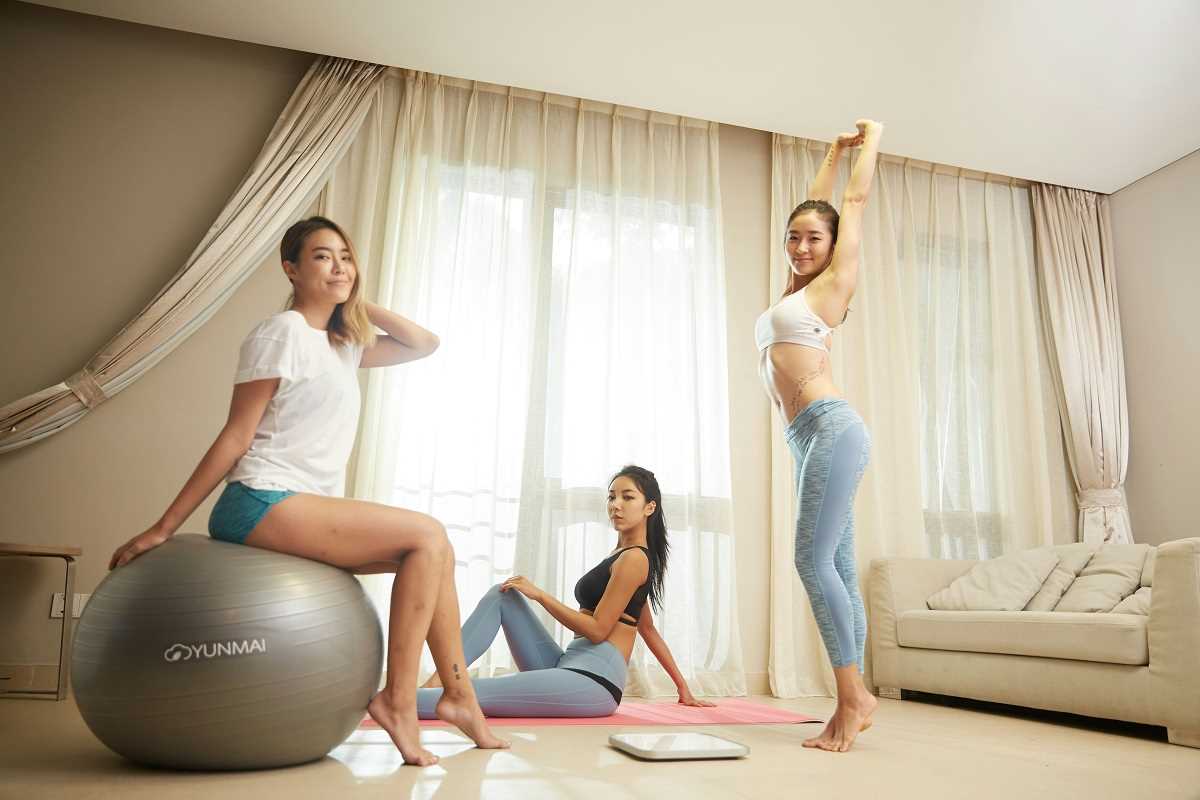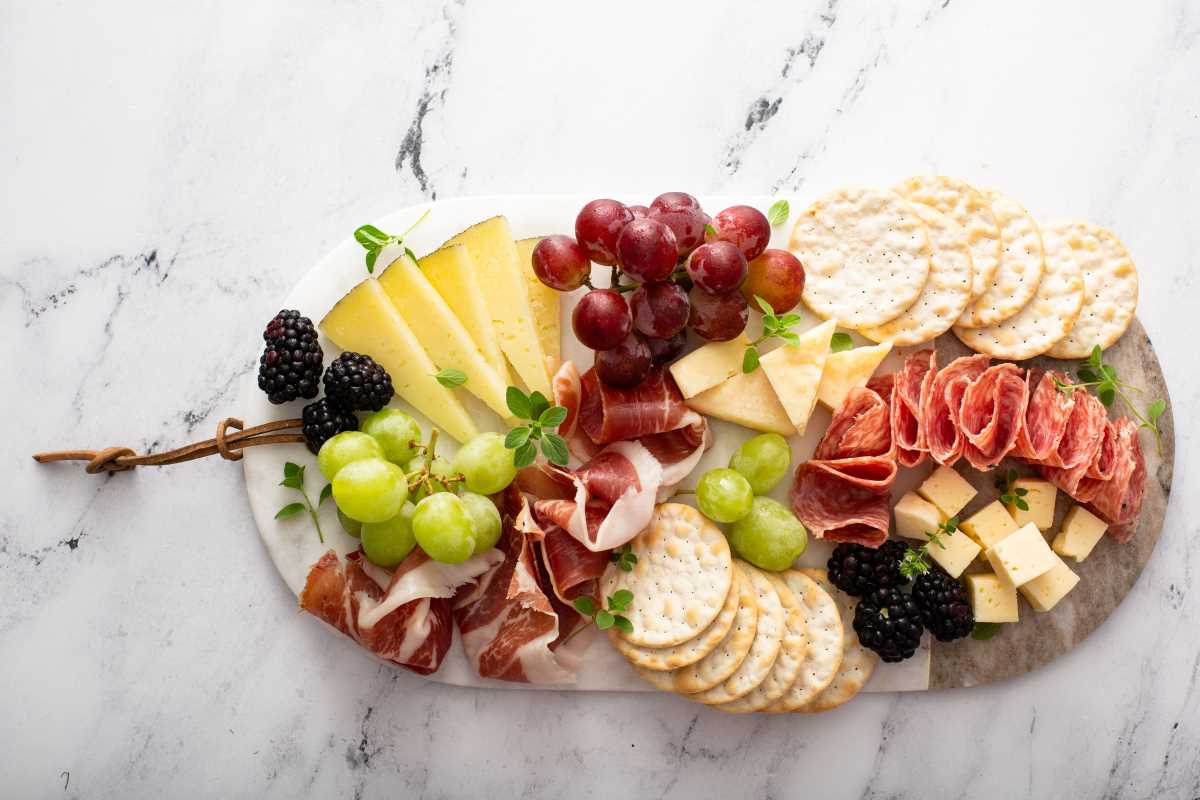When it comes to picking up the pieces and starting over after divorce, few things can feel as refreshing (or necessary) as simplifying your space and your closet. Surrounding yourself with only what truly matters—things that bring you joy or serve a purpose—can be a powerful act of self-care. That’s where minimalism steps in. It’s more than a design trend or a label; it’s a mindset that allows you to focus on quality, clarity, and intentionality in all areas of life.
This article will guide you through the process of mastering minimalism in home décor and wardrobe choices. Not only will these steps help you create a clean, serene environment, but they’ll also free up emotional and mental energy to focus on your new beginning.
Why Minimalism Can Be Your Best Friend Right Now
Going through a life shift like divorce can be overwhelming. Minimalism offers control in a time when you might feel like much is out of your hands. By paring down both your home and wardrobe, you’ll be doing much more than tidying up—you’ll be reclaiming your space, your style, and perhaps even parts of yourself.
Minimalism isn’t about stripping away everything you own or living with empty white interiors. It’s about thoughtful, intentional choices. The goal is to eliminate chaos and surround yourself with items that genuinely serve a purpose or resonate with you.
The Benefits of a Minimalist Lifestyle Post-Divorce
- A Fresh Start: Clearing out the old makes space, both physically and emotionally, for something new.
- Less Stress: A clutter-free space is proven to reduce stress and promote mental clarity.
- More Time and Energy: Fewer things to clean, manage, or worry about leaves more room to focus on yourself.
- Freedom from the Past: By letting go of items tied to your previous life, you’ll feel a stronger sense of independence and control moving forward.
Now that we’ve covered the why, it’s time to dig into the how.
Minimalism in Home Décor
Your home should be your sanctuary, a place that soothes and inspires. Especially now, creating a calming and intentional space can do wonders for your well-being.
Step 1: Decluttering with Intention
Start by tackling one area of your home at a time—perhaps the room you spend the most time in or a space that feels especially overwhelming. Ask yourself these questions for each item you come across:
- Does this serve a purpose or bring me joy?
- Am I holding onto this out of obligation or guilt?
- Does this align with how I want my home to feel moving forward?
This process isn’t about throwing away everything that reminds you of your past—after all, some pieces hold positive memories and serve as part of your story. But if something brings up emotions that feel heavy or doesn’t fit into your vision for the future, consider letting it go.
Step 2: Stick to a Neutral-yet-Warm Palette
Minimalism in décor often relies on neutral tones like whites, beiges, and grays. These colors provide a calming backdrop and make spaces feel larger and more open. To ensure your space doesn’t feel too cold or stark, add texture and warmth through materials like soft throws, woven baskets, or wood accents.
Step 3: Prioritize Quality Pieces
Minimalism prioritizes quality over quantity. If you’re refurnishing or redecorating, focus on durable furniture and timeless designs. A comfortable sofa, a sturdy dining table, and a good mattress are investments worth making. These should be multifunctional pieces that serve your day-to-day needs while adding visual appeal.
Step 4: Make Space for What Matters
Now that you’ve cleared out what no longer serves you, make sure intentionality carries through to what you do introduce into your space. Create a cozy reading nook if you’ve been wanting to catch up on novels. Leave empty spots on shelves or walls to bring a sense of openness and possibility.
Remember, minimalism isn’t just about what you remove—it’s also about what you intentionally choose to keep or add.
Minimalism in Wardrobe Choices
The divorce is finalized. The old chapter is closed. And now it’s time to curate a wardrobe that reflects who you are today and where you’re heading.
Step 1: Edit Ruthlessly
Start by pulling everything out of your closet and assessing each piece. Ask yourself questions similar to those you used in your décor decluttering process:
- When was the last time I wore this?
- Does this make me feel confident and comfortable?
- Am I holding onto this because of its emotional ties or because it actually serves a purpose?
If that jacket reminds you of your ex or those jeans haven’t fit in years, it’s time to say goodbye. Donate items in good condition to charity, sell what you can, and responsibly recycle the rest.
Step 2: Build Around Essentials
A minimalist wardrobe is built on high-quality, versatile pieces. Start with timeless basics that can be mixed and matched for any occasion:
- A classic white button-down shirt
- A tailored blazer
- A pair of well-fitted jeans
- Neutral-colored sweaters
- Comfortable flats and versatile sneakers
- A little black dress (or similar staple in your signature style)
Stick to solid colors that can be easily coordinated, and choose fabrics that are durable and comfortable.
Step 3: Find Your Color Palette
Just like with your home, minimize visual clutter by sticking to a cohesive color palette. Choose 3-5 core colors that work well with each other and suit your personality. Neutrals like black, white, beige, navy, and gray can serve as the foundation, with one or two accent colors added for interest.
Step 4: Shop with Intention
When rebuilding your wardrobe, focus on quality rather than quantity. Instead of buying five cheap tops that won’t last, invest in one great piece that you’ll love wearing over and over again.
It’s also helpful to practice a “one in, one out” rule—anytime you add something new, remove something old. This keeps clutter from creeping back in.
Step 5: Streamline Accessories
When you adopt a minimalist approach, even your accessories should adhere to the “less is more” principle. A few well-chosen pieces—a classic leather handbag, a versatile watch, or a simple gold necklace—can elevate an outfit without overwhelming it.
Moving Forward with Confidence
Mastering minimalism in your home and wardrobe is about more than aesthetics. It’s about creating a foundation for the next chapter of your life—one that’s lighter, freer, and unapologetically yours.
By narrowing your focus to the things that truly matter, you’ll make room for joy, creativity, and growth to flourish. It’s okay to take it one step at a time, too. Minimalism is a process, not a one-day transformation.
And remember, this is your fresh start. Whether it’s a bare-bones minimalist lifestyle or a cozy, pared-down version, make your space and style work for you.
You’ve got this.







